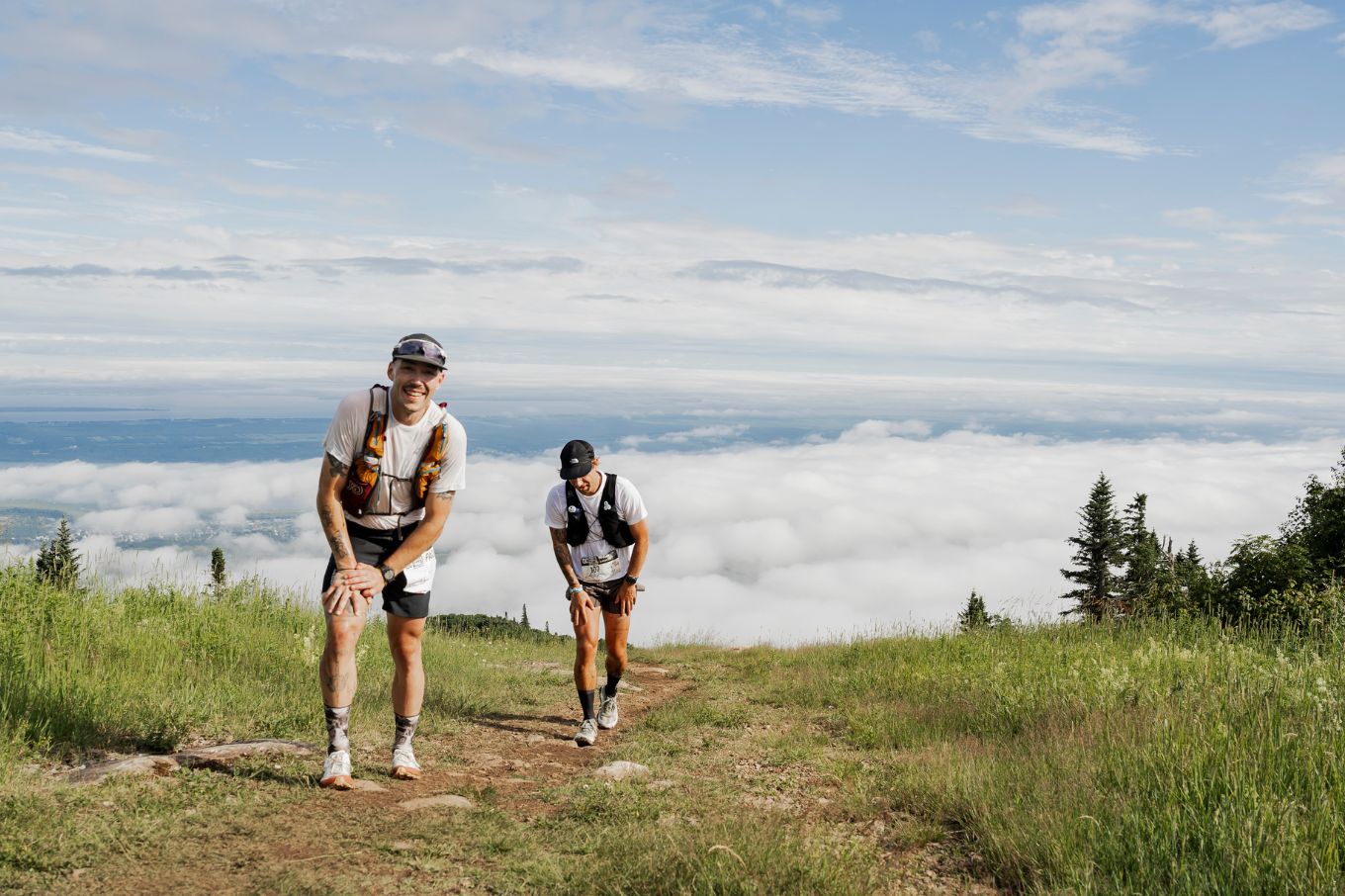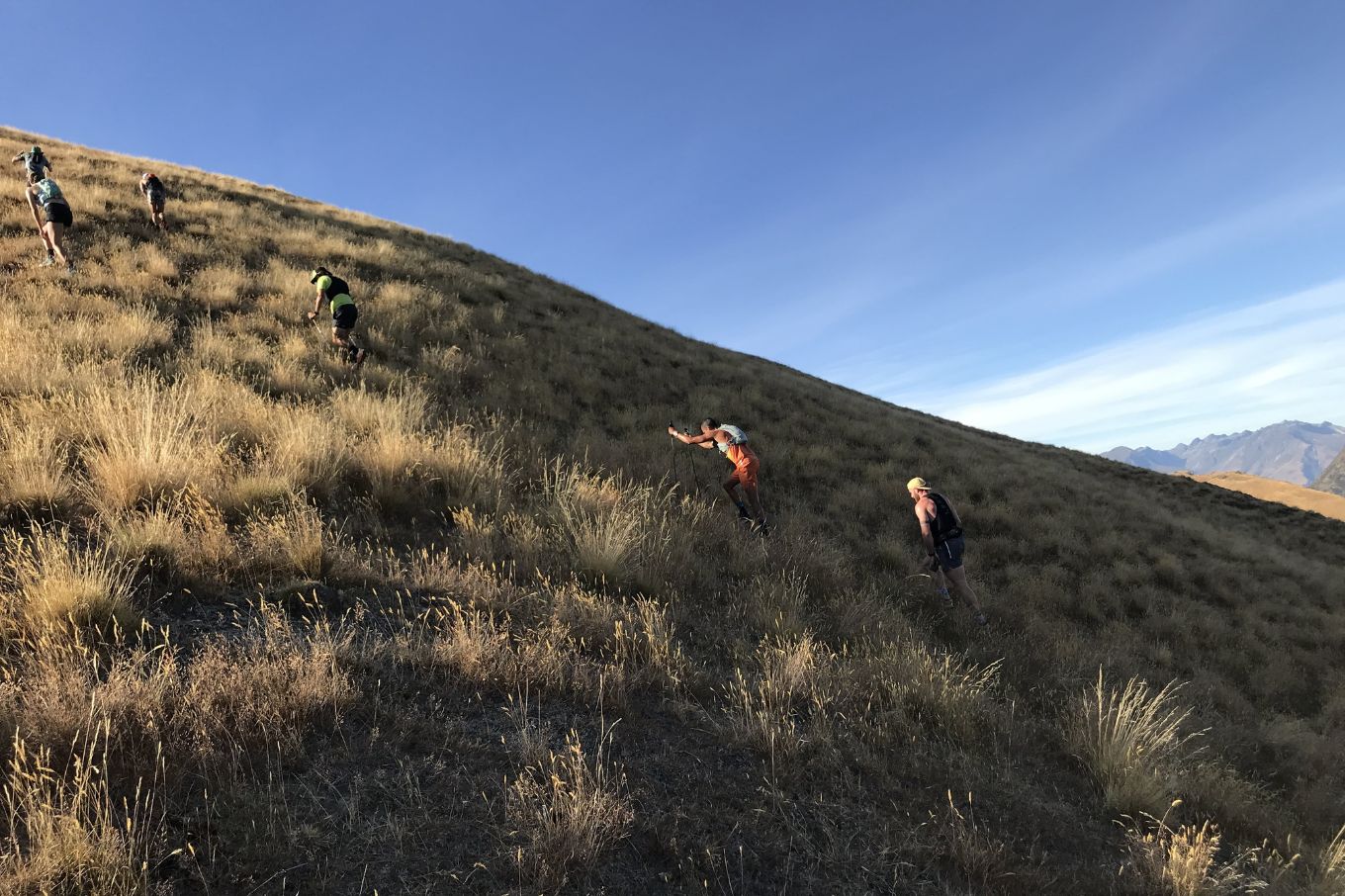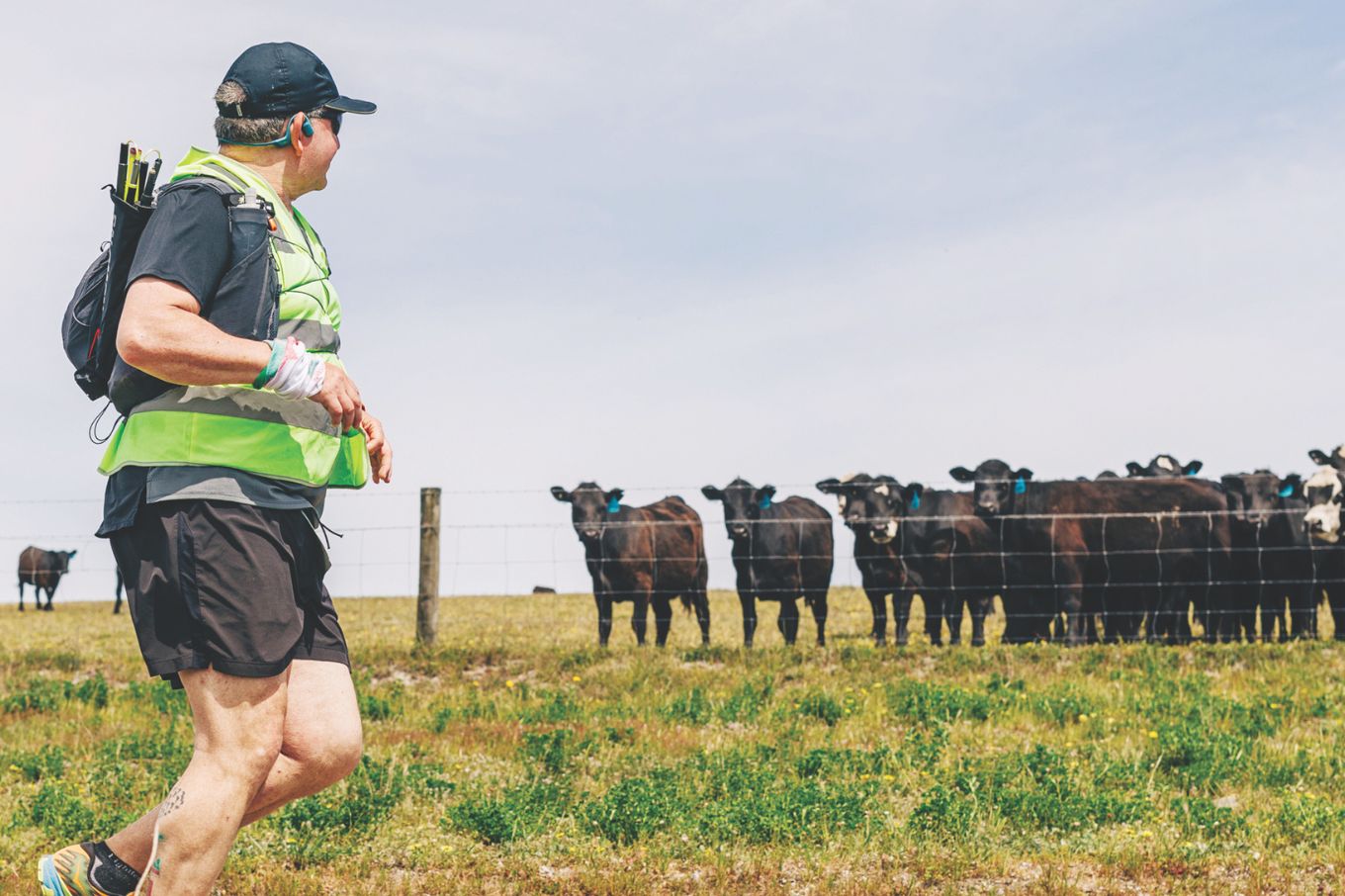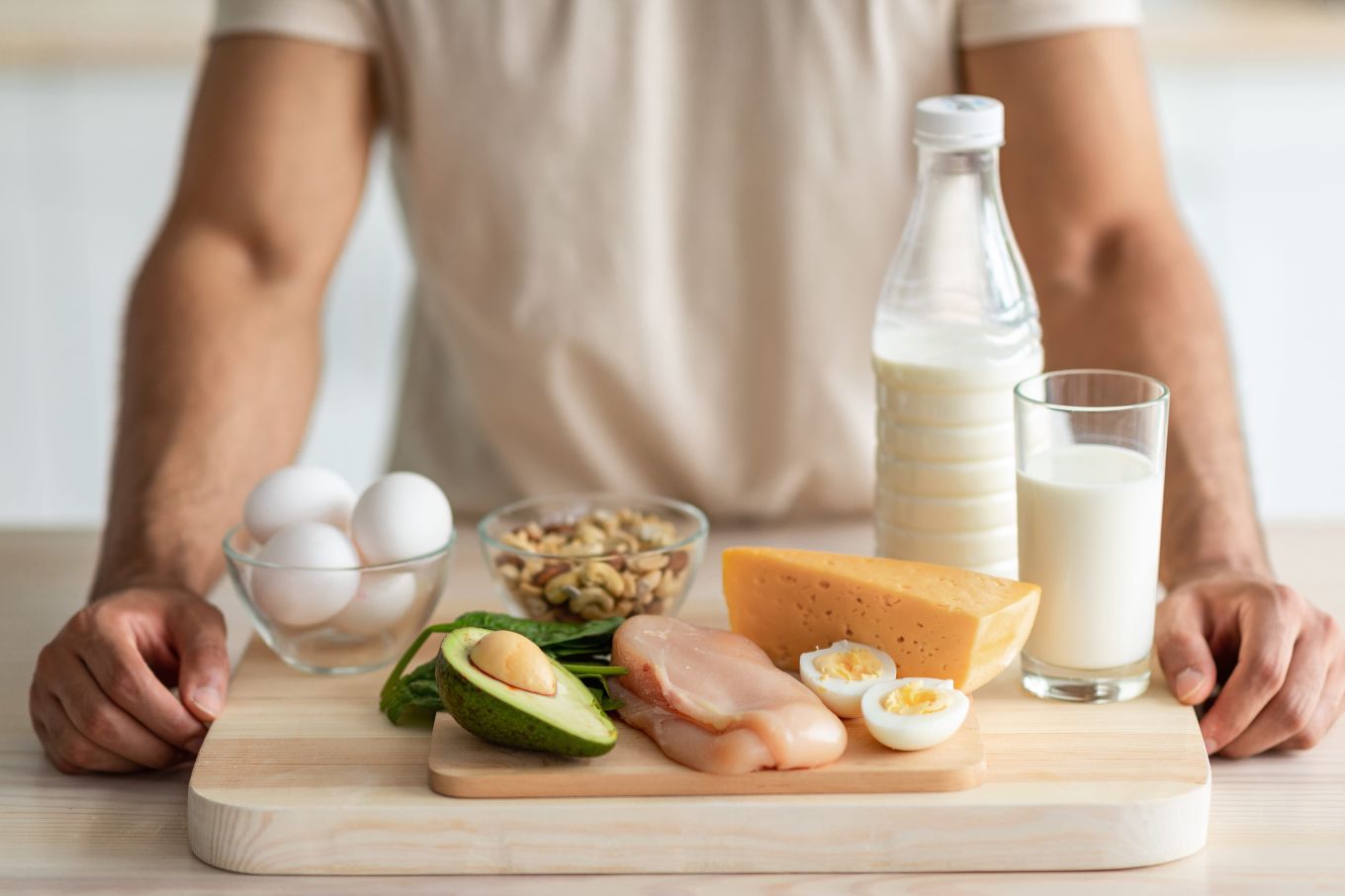Trail Coach: calf strength goals
It is difficult to argue that there is a more important muscle group in running than the calves, triceps surae, or as I prefer to call them, calvies (a muscle group by any other name….).
Let’s get some context around just how important this incredible muscle group is. Comprised of the gastrocnemius (the bulk of the upper calf), the soleus – the powerhouse of the calvies complex, lying deep to the gastrocs and lower down, and the Achilles tendon, the elastic component that connects the muscles to the heel and both the gastrocs and soleus are continuous with. How much force do these muscles overcome? Check out the image below and then we can workshop an example.
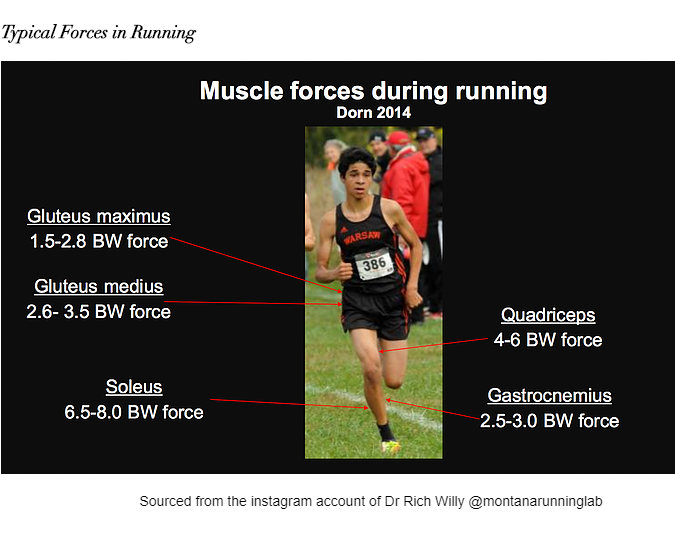
As you can see, the calvies, or soleus in particular, is subjected to 6.5-8.0 x body weight each and every step. That is some serious force to contend with, especially over the distance of 10km, let alone a marathon or beyond. The key function of the calvies is generating a little vertical displacement through the gastrocnemius, significant braking power, and good old forward propulsion. Of course they do so much more than this by contributing to stabilise the knees and ankles, and reducing the total forces experienced further up the chain. If you have a cranky hip joint and would like a long and happy relationship with running, calf strength should be an integral component of your strength program.
If you are still not sold on calvies being the greatest muscle group for runners, check out the table below comparing the contribution of individual muscles at various speeds. As you can see, every muscle has it’s own role to play during a cruisey jog or repeated sprint efforts, but it is the soleus on which we continually place a huge demand. As you can imagine, if you lack adequate strength through your calvies, you are asking for trouble not only in that region but further up the chain as all that force must go somewhere.
An Example of Force
Before we get to the good stuff, here is an excellent example of the mechanics of walking and jogging from James Moore. The first example is an 80kg male walking 10,000 steps per day and accumulating 480,000Kg of load. In the second example, the same 80Kg male jogs for 10km, producing 500,000Kg of load. These numbers are not to be toyed with.
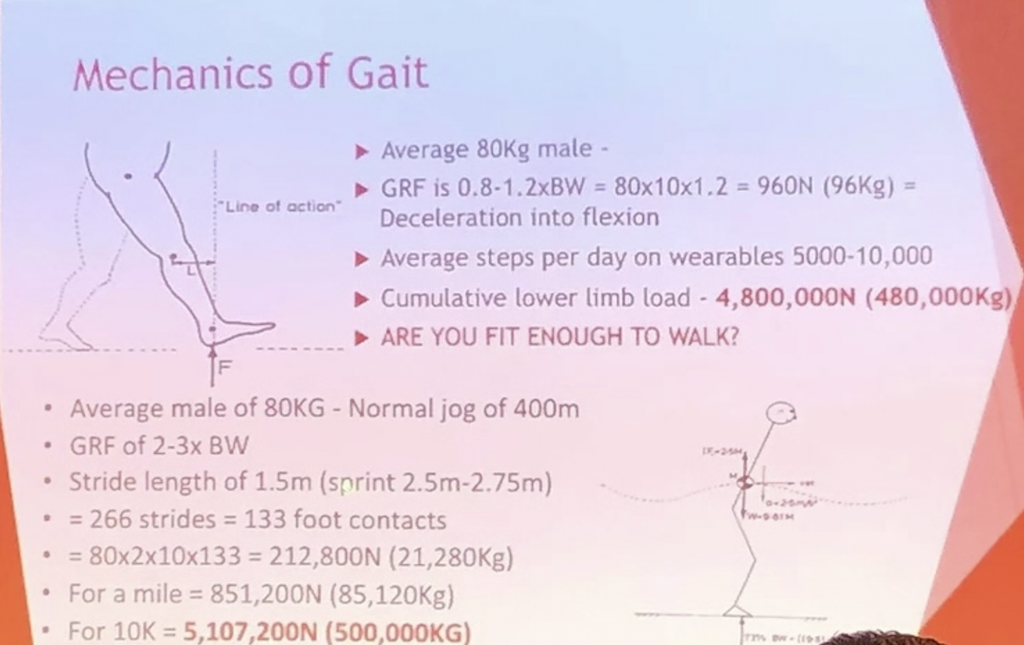
Heel Rise Test Norms in Healthy Adults
Here is a simple test of calf strength that can be performed anywhere, then you can compare your results to normal healthy adults. To put these numbers into context, we need to quickly reflect on what is normal. The World Health Organisation recommends 150 minutes per week of exercise to sustain life. This is also the consensus from the various heart foundations, the department of health, Exercise and Sport Science Australia, and the NHS. Please bear in mind that the numbers in the table below are based on normal or healthy adults. Most runners would far exceed what is considered ‘normal’ levels of exercise with the vast majority of training placing stress through the calvies. If you are regularly achieving above and beyond normal levels of exercise, I would expect you to exceed the normal levels of calf strength.
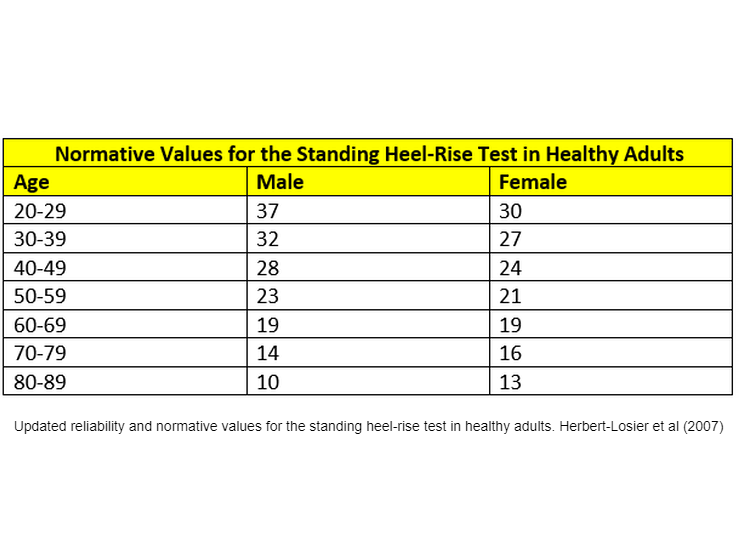
Strength Goals for Runners
To be able to best tolerate these loads we are constantly putting through our bodies (sometimes twice daily), I recommend striving to achieve a single leg calf raise of 2 x BW. Fortunately, if you can stand on one leg and rise up onto your toes, you are already halfway there!
If you regularly perform sprint intervals, then I would like you to aim for 2.5 x BW. I very rarely perform a 1 rep max strength test and wouldn’t ask you to either. Instead I use strength table or a good old 1 rep max calculator to predict what this would equate to for a 5 rep max (the maximum weight you can move with correct technique for 5 repetitions). For example, if you weigh 80Kg, your 5RM would be lifting 65Kg 5 times for the 2 x body weight equivalent (80Kg BW + 65Kg external load). If you are aiming for 2.5 x BW then your 5RM would be 100Kg (80Kg BW + 100Kg external load).
Clear? Good. Give it 6 months to 2 years. No hurry. You will find a healthy dose of calvie strength in each and every program right here.
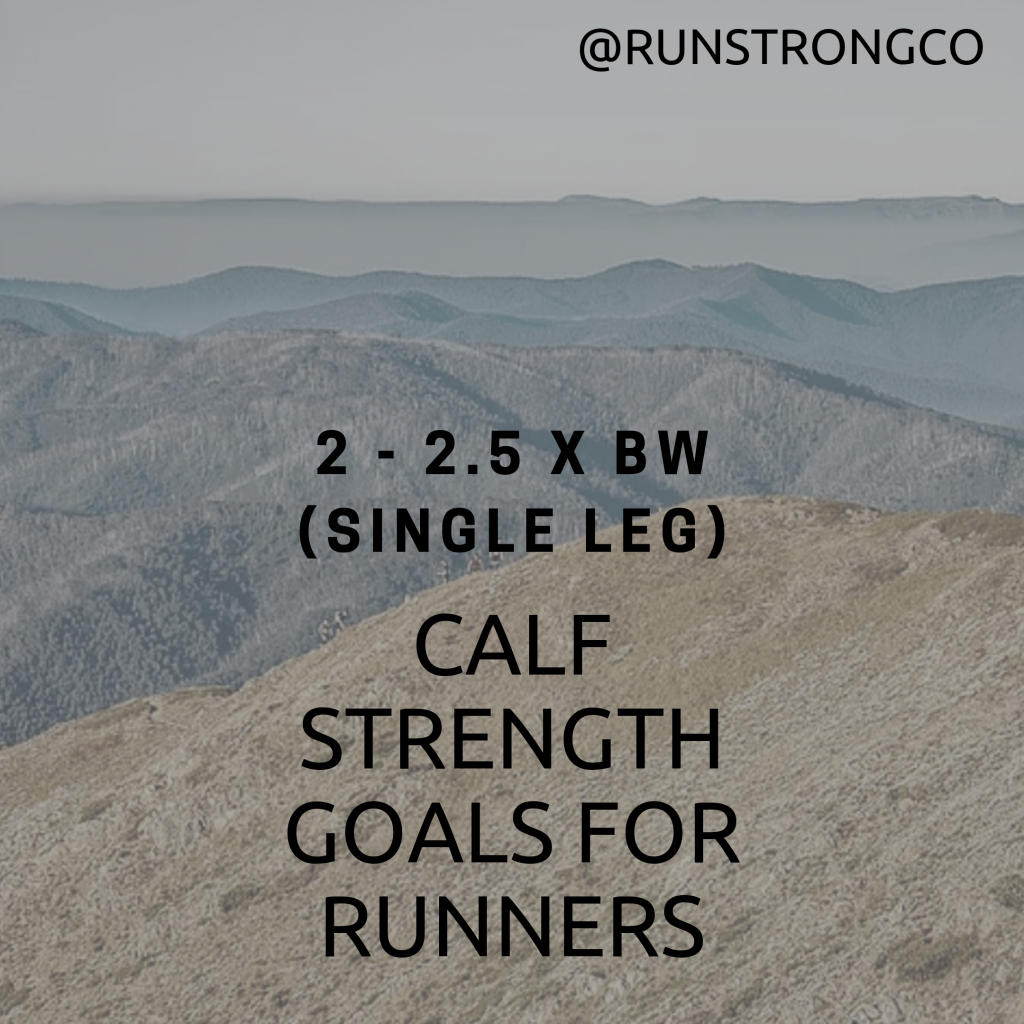
By increasing your tissue tolerance, you are protecting against risk of injury. Strength is not likely to change running mechanics but instead serves to raise the the tissue capacity ceiling. This allows you to run at a lower % of your total capacity for longer. Stay tuned for the next instalment of specific exercises, technique, mobility testing, motor control, and power.
TRAIL COACH: Campbell Craig is an Accredited Exercise Physiologist ESSA and Outdoor Enthusiast. He offers run coach and strength/conditioning services through Run Strong.
p: 0411 239 254
W:www.runstrong.co
References
1. O’Neill S. A biomechanical approach to Achilles tendinopathy management. Leicester Theses PhD.
2. Herbert-Losier et al, 2007. Updated reliability and normative values for the standing heel-rise test in healthy adults.
3. Dorn TW, Schache AG, Pandy MG. Muscular strategy shift in human running: dependence of running speed on hip and ankle muscle performance. Journal of Experimental Biology. 2012;215:1944–1956

